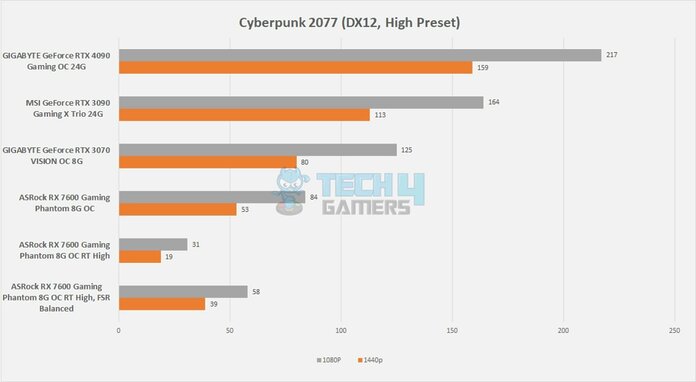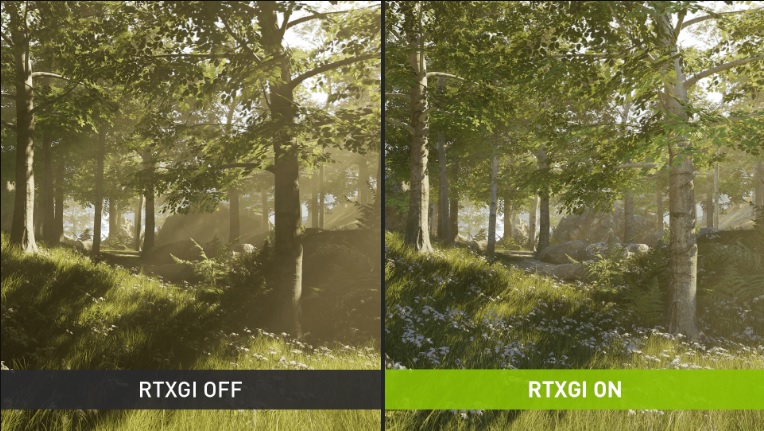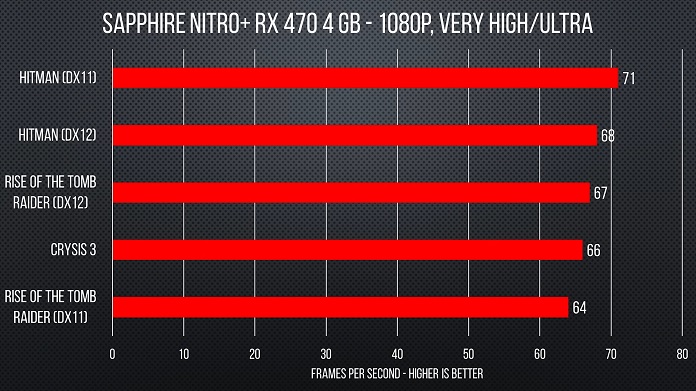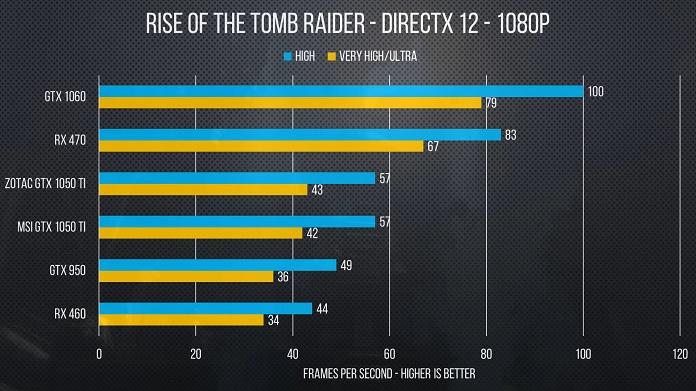- The future of affordable GPUs seems bleak as far as Nvidia and AMD are concerned, with ray tracing and increased manufacturing costs playing a big role.
- Intel’s entry into the GPU market is great news for budget gamers, though.
- Other resorts are also available for budget gamers, namely in the form of the used GPU market, and AMD FSR.
Remember when you could buy a solid 1080P gaming card for sub-$200 and actually had a great experience (thinking GTX 1050 Ti and RX 570)? Me too. For a good half of a decade now, we have been seeing fewer and fewer wallet-friendly, decent-performing graphics cards.
All this got me thinking: what will become of those who want a new card but can’t afford to spend at least $300 for acceptable performance? Is there any hope left for affordable graphics cards? Well first, I found it important to see how the cheapest available current-gen cards hold up in gaming in 2024, and how those of the yesteryears of held up in that era.
How Current-Gen “Affordable” GPUs Perform Relative To Older Ones
Taking a look at our hardware reviewer Nauman Siddique’s review of the RX 7600, we find that it actually holds up superbly, and manages a solid 84 FPS on average, in Cyberpunk running at 1080P (high preset).

Moving on, let’s take a look at how the RX 470 and GTX 1050 Ti (both launched within 2 months of each other in 2016) fared back then. Note that these weren’t the entry-level offerings from the two manufacturers; AMD also offered the RX 460 (and later, the RX 550) while Nvidia’s GT 1030 was launched at just $70. The RX 470 had a $179 MSRP compared to $139 of the GTX 1050 Ti
These are, of course, the tests carried out by the folks at LinusTechTips back in 2016, just after the cards launched. So, what exactly is the problem? Well, let’s circle back to square one: the prices. For the same smooth 1080P gaming performance that you got for ~$150, you have to pay at least $250 for now (and let’s not talk about Nvidia). Unfortunately, you will have to get used to this, with potentially worse outcomes in the future, and here’s why:
Ray tracing Is The Real Deal… Or At Least They Think So
Since Nvidia’s launch of the RTX 2000 lineup and the rise of hardware-based ray tracing in 2018, the hype around ray tracing has been nothing short of insane. Nvidia released the GTX 1600 cards on the same architecture, but despite their success, they decided to dump the GTX lineup to focus exclusively on the RTX GPUs, as did AMD, starting from the RX 6000 cards.

More recently, though, the RTX 4060 actually does a fairly good job with ray tracing (and without DLSS) in most titles, but the problem with its price still remains. Not everyone even wants to use ray tracing, especially since most modern AAA games (like Forza Horizon 5) manage to look fantastic without it.
Increased Manufacturing Costs
With every new generation, Nvidia and AMD rely on more and more advanced chips (most recently, both rely on TSMC), and with the chips being built on more and more efficient processing nodes, GPU prices are bound to increase.

Both AMD and Nvidia are using TSMC’s 5nm wafers for their current-gen GPUs, which cost a whopping $16000 apiece. TSMC is also no stranger to jacking up prices, as it reportedly did in 2022 due to high demand.
Another significant driver in increasing production costs has been the GDDR6 memory chips, which are significantly more expensive than the GDDR5 ones.
Is There Some Respite?
You may not have a lot of options to choose from, from new cards except for the RX 7600 and the RTX 4060, but there are other options available to keep the budget-oriented PC gamers out there going.
- DLSS and FSR: Nvidia and AMD’s upscaling technologies have come really far from what they were when they started, and offer super-reliable performance improvements with almost no noticeable downgrades in visuals. DLSS only works on RTX series cards, while AMD has won the hearts of budget gamers by supporting FSR on even NVIDIA GTX cards.
- Let’s not forget about Intel!: Intel stepped into the dedicated graphics card market in 2022 with the release of its ARC lineup. The ARC A750 has been the most popular one since it launched as a true “mid-ranger,” competing with Nvidia’s RTX 3060 and AMD’s RX 6600 XT. The GPU has seen price drops since then, coming in at just $209 now.
- Buying second-hand is always an option: AMD’s RX 5000 and Nvidia’s RTX 2000 series cards offer great value if you’re willing to dig a bit in the used market and find the right offer. For example, the RTX 2070 Super is about 8% faster than the RX 6600 XT (whose lowest available price at the time of writing is $239) but can be purchased for less than $200 off eBay.
Final Thoughts: Where Do Things Stand?
The short answer is this: there is still hope for PC gamers on a budget, but not so much for the Team Green fans. This is because Nvidia has (at least at the moment) completely abandoned the budget GPU market. And well, focusing on the budget segment of the market doesn’t really do it much good: it’s already making heaps of money off the current RTX GPUs in production, and let’s not speak of its AI-focused GPUs.
Nvidia also hasn’t done much to favor gamers with DLSS: DLSS 3 is only offered to RTX 4000 users and older versions are still only limited to RTX 2000 and above. Whereas, AMD’s FSR also entered the frame-generation arena but doesn’t limit users with older (or Nvidia) hardware, and the magnitude of performance improvement with minimal loss of quality is incredible.
Lastly, the used GPU market is where both Nvidia and AMD have something to offer, with some GPUs from the RTX 2000 and RX 5000 series GPUs offering excellent value for money.
Thank you! Please share your positive feedback. 🔋
How could we improve this post? Please Help us. 😔
Moiz Banoori, with a decade of experience in gaming and tech journalism and a degree in journalism, is a notable figure in the industry. He has contributed to various esteemed platforms, showcasing his expertise in both reporting and opinion writing.


 Threads
Threads



